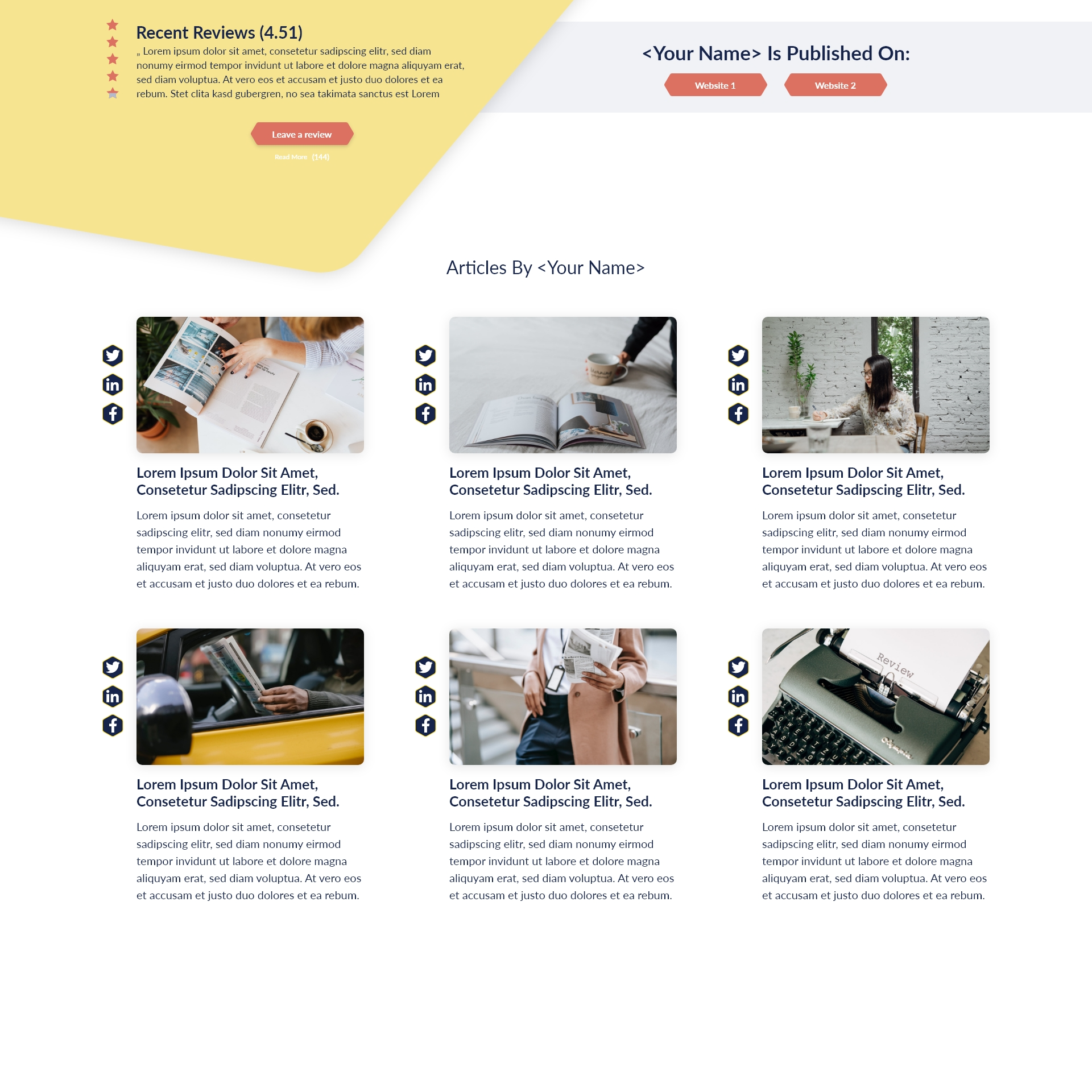Key Takeaways:
- Effective leadership involves tailoring your approach to motivate and engage your team.
- Clear communication and time management are critical skills for modern leaders to foster productivity.
How to Motivate Your Teams Effectively
In today’s fast-paced business environment, motivating and influencing your teams is more crucial than ever. As a leader, your ability to inspire and energize your workforce directly translates into productivity and job satisfaction. This article will explore practical strategies to motivate your teams effectively, ensuring that your leadership style resonates with modern workplace dynamics.
Understanding the Landscape of Motivation
Before diving into specific strategies, it’s important to understand what motivation truly means. Motivation can be defined as the force that drives individuals to take action to achieve goals. It’s essential to recognize that motivation can be intrinsic (driven by personal satisfaction) or extrinsic (driven by external rewards). As a leader, your role is to create an environment that nurtures both types of motivation.
Effective Communication Skills for Motivation
Clear communication is one of the key skills that can significantly boost employee motivation. Here are some strategies to enhance your communication:
- Active Listening: This involves truly engaging when team members speak. Show genuine interest in their ideas and concerns.
- Regular Feedback: Constructive feedback can help employees understand their strengths and areas for improvement. It’s essential to convey this in a supportive manner.
- Transparency: Be open about company goals and changes. Keeping employees informed fosters trust and a sense of belonging.
Goal Setting: A Pathway to Success
Setting clear and achievable goals is vital for motivating your team. It provides a sense of direction and purpose. Here’s how to do it effectively:
- SMART Goals: Ensure that the goals are Specific, Measurable, Achievable, Relevant, and Time-bound.
- Involve Your Team: Allow team members to participate in the goal-setting process. This not only empowers them but also makes them more committed to achieving those goals.
Different Leadership Styles and Their Impact
Understanding that different leadership styles yield different outcomes is crucial. While there’s no one-size-fits-all approach, here are a few common styles:
- Transformational Leadership: This style focuses on inspiring and motivating through a shared vision.
- Democratic Leadership: By involving team members in decisions, you’re likely to enhance their engagement.
- Servant Leadership: Putting the needs of your employees first can foster loyalty and motivation.
Each style has its merits, and it’s often effective to adopt a blended approach based on team dynamics.
Employee Engagement: The Key to Motivation
Engaged employees are more likely to perform better and demonstrate higher levels of motivation. Here’s how to enhance engagement:
- Recognize and Reward: Acknowledging individual and team accomplishments fosters a sense of value.
- Professional Development: Offering opportunities for skill development and career advancement can stimulate motivation.
- Create a Positive Work Environment: Foster a culture of respect and support. A positive workspace can elevate morale and motivation.
Time Management: The Unsung Hero
Effective time management is not just a personal trait; it’s a skill that can significantly impact team motivation. Providing your team with tools and strategies to manage their time can lead to:
- Reduced Stress: Properly managing time can alleviate workplace stress, making employees feel more in control of their workloads.
- Enhanced Productivity: Structured time management ultimately leads to higher productivity levels across the team.
Conflict Resolution Strategies in the Workplace
Conflict is a natural part of any workplace. However, how you handle conflicts can either motivate or demotivate your team. Consider the following:
- Address Issues Promptly: Don’t let conflicts fester. Resolve them quickly to maintain a positive atmosphere.
- Encourage Open Dialogue: Fostering a culture where employees feel safe sharing concerns can prevent conflicts and encourage collaboration.
Stress Management Techniques for Busy Leaders
Leaders often face high-stress scenarios. Implement these techniques to manage your stress while setting an example for your team:
- Mindfulness Practices: Techniques such as meditation or simple breathing exercises can help ground you during stressful times.
- Organizational Skills: Being organized can relieve feelings of being overwhelmed.
Effective Delegation: Building Trust
Delegation is key to empowering your team. Here’s how to delegate effectively:
- Know Your Team’s Strengths: Assign tasks based on individual strengths.
- Trust Your Team: Allow team members the autonomy to handle their responsibilities, which helps build trust and fosters motivation.
Navigating Diversity and Inclusion
Embracing diversity not only motivates employees but also brings unique perspectives to the table. Here’s how to create an inclusive environment:
- Celebrate Differences: Recognize and celebrate the diverse backgrounds within your team.
- Inclusive Policies: Ensure that your policies promote inclusivity and respect.
Conclusion: The Ongoing Journey of Motivation
Motivating your teams is not a one-time endeavor; it’s an ongoing journey that requires dedication, understanding, and adaptability. By applying effective communication, setting clear goals, and fostering an inclusive environment, you can inspire your team in ways that enhance their motivation and overall performance.
Incorporate these strategies into your leadership practices and watch your team thrive. With the right approach, you have the power to influence not only the productivity of your team but also their job satisfaction, leading to a more dynamic and successful workplace.







